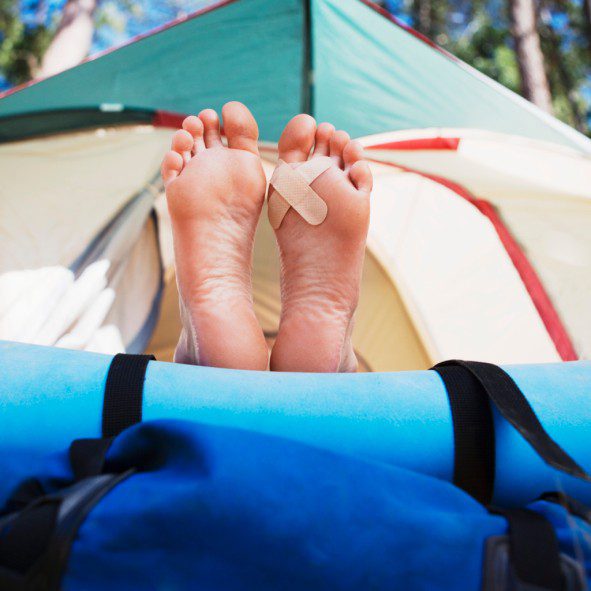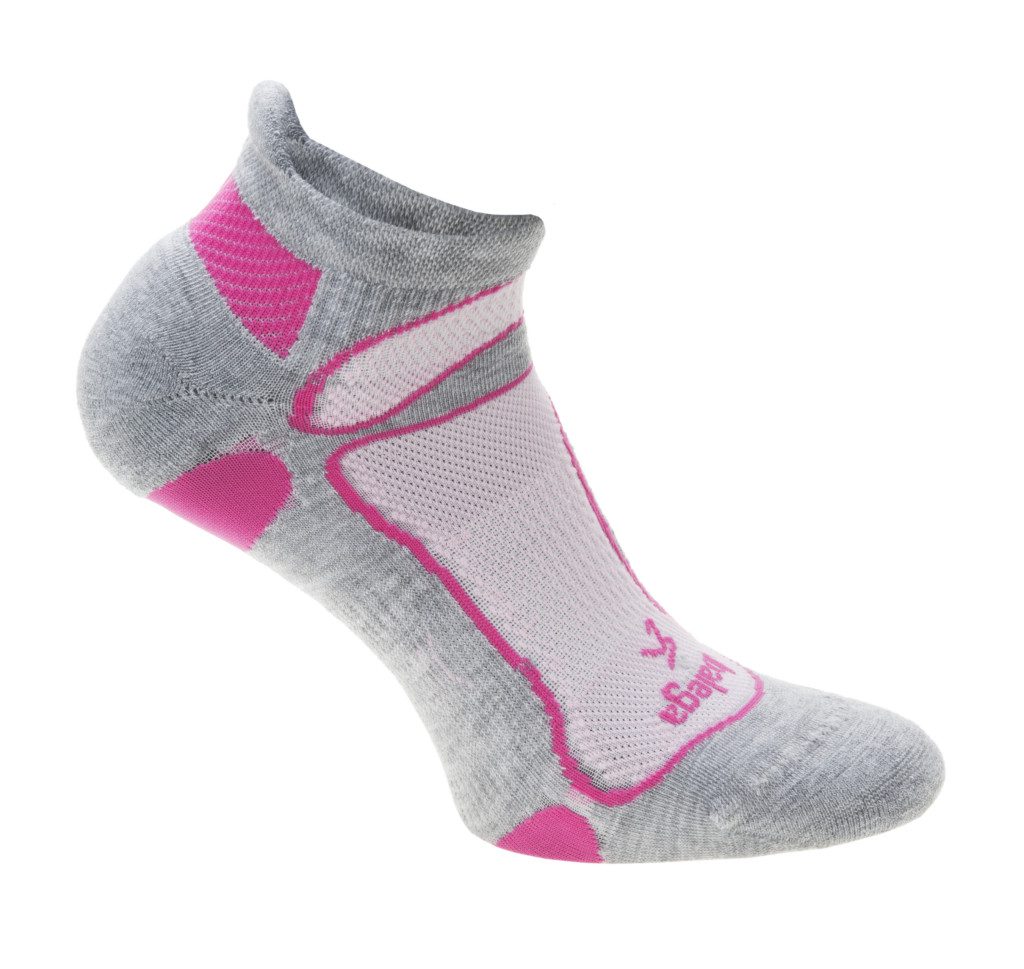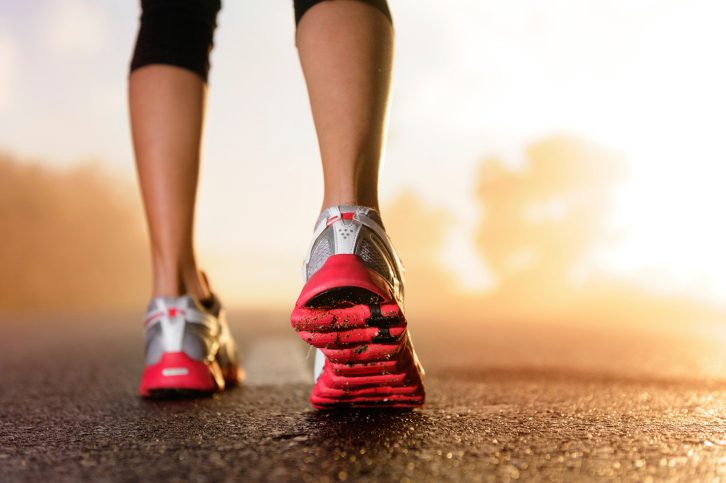Why you need to take care of your blisters
These small pockets of fluid can sneak up on you during a weekend long run, track workout or triathlon. Make sure you take care of them before they become a bigger issue.

Every triathlete has experienced blisters. When they aren’t appropriately monitored, these small skin abrasions can turn into more significant issues.
Toronto based physiotherapist, Lauren Roberts, has seen many blisters cause bigger injuries. Roberts explains, “Any time our body starts to experience pain, we can interpret that pain in two different ways, positive or negative.”
“Positive pain refers to muscle fibre breakdown or your body’s physiological protective response to exercise. For example, if you’re halfway through a repeat mile, muscle pain can be perceived as positive because it reiterates that you’re doing what you want to be doing. Our body knows that it’s not in danger.”
Blisters are linked with the second category of pain. The discomfort from a blister can alter a triathlete’s gait pattern, and cause utilization of different muscle groups. Roberts says that “Altering your gait is a common cause of injury.”
Most people don’t consider their blisters as real injuries, but Roberts encourages athletes to take care of skin abrasions, even when they seem like minor issues.
Robert’s recommends getting properly fitted for a shoe, and buying running-specific socks to help avoid blister formation. Socks designed specifically for running have extra padding where blisters typically form.

If you feel a blister forming during a run and you can sense your form changing because of it, consider stopping. If you’re on the fence about calling a session, always err on the side of caution. Roberts says that “From a rehab perspective if the patient continues running, the therapist often has to go back and unwind all of the complications that were caused by this silly blister.”
Once a blister has formed, Roberts encourages athletes to try their best to let it drain on its own. Popping a blister means risking infection.
Other suggestions to promote healing are: cover it with a band-aid and wear appropriate shoes that won’t irritate the affected area. Blisters will usually subside within a couple of days. If it isn’t healing, Roberts suggests seeing a doctor to drain it.
A variation of this story is on runningmagazine.ca.

